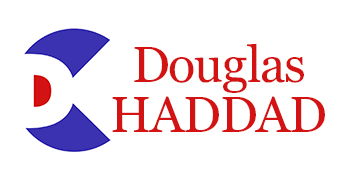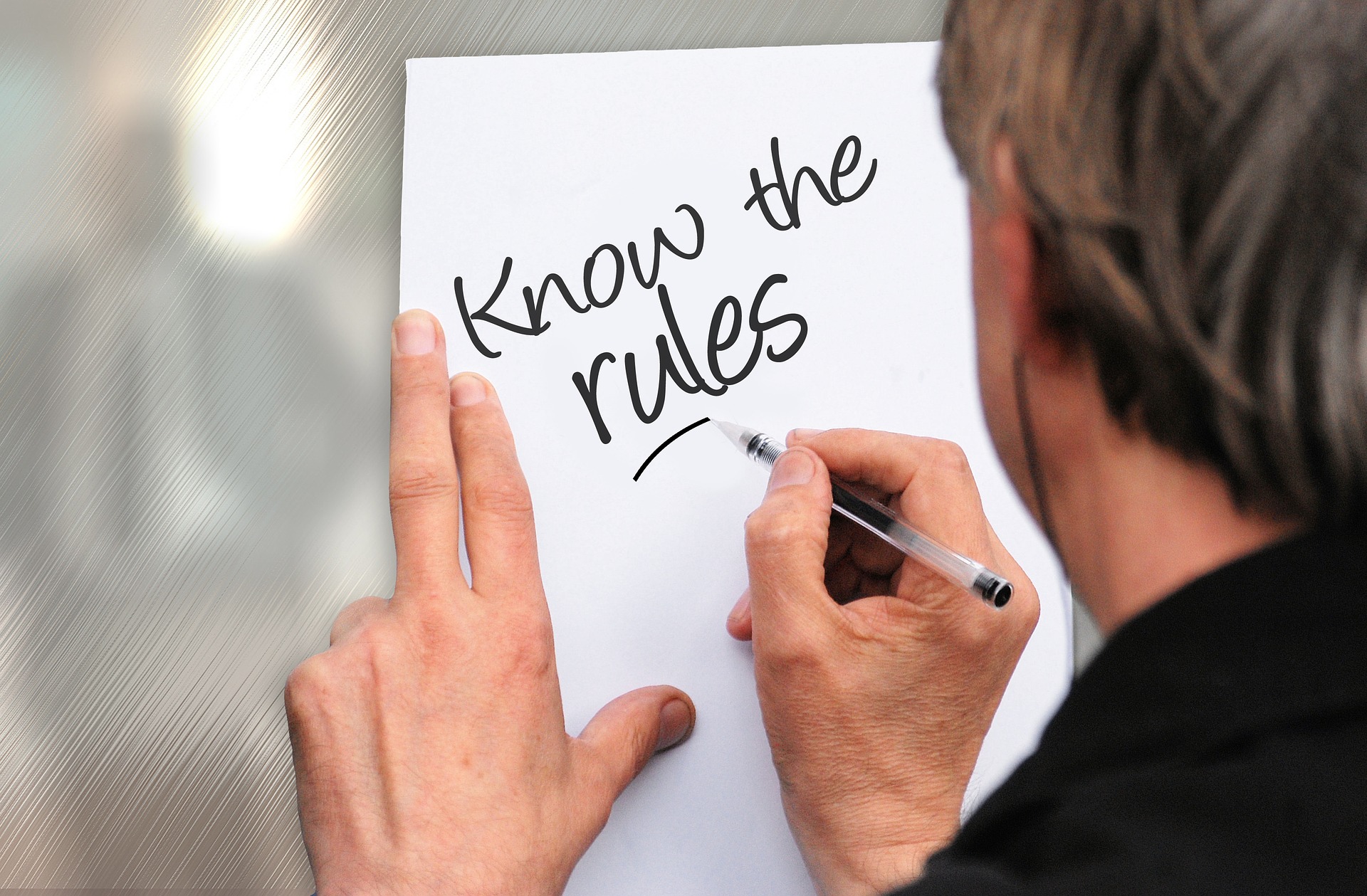I
How do you create effective boundaries?
When setting limits, have a two-way conversation with your child. First, discuss the specific rules and associated consequences that will take place if a rule is broken. Then, listen to your child and what he has to say, whether he agrees with your decisions or not.
But then how do you determine the appropriate limits that should be set for your child? You want to first consider what the goal is for setting limits. Boundaries provide children with a framework to make decisions in their life. They should be set age appropriate to allow for a young person’s emotional development, while also permitting children to make choices and letting them grow to become independent thinkers and problem solvers.
Establishing a mutual respect between a parent and a child means that the parent is the parent. It is important to set clear boundaries that the child has to stick to and establish clear consequences that the parent will follow through with if the boundary is crossed and the expectation is not adhered to. Children will test their parents and the sooner children experience consistent consequences for crossing the line, the sooner they will think twice about what they want to do next time and make a wiser choice.
What does effective discipline look like?
Effective discipline involves effective communication and it occurs in three different forms. First, it starts in a loving, positive, supportive way that strengthens the parent-child relationship. Second, it uses positive reinforcement to encourage desired behaviors. And third, it uses punishment – only when necessary – to decrease the frequency or eliminate undesired behaviors.
Young children have difficulty regulating their behavior based on verbal prohibitions and directions. As a child gets older, removing privileges by delayed extinction becomes a useful technique for eliminating undesirable behavior. All children, but especially adolescents, should be held accountable for their behaviors by receiving natural consequences that are consistently reinforced. This helps them become more self-disciplined and develop problem-solving skills on how to change an undesired behavior to a more effective behavior with a more desirable result.
Reinforcing consequences and resolving conflict
One approach I use in my classroom with students who “choose” to consistently make poor choices is I have the “W conversation” with them. The goal is to get them to talk about why they chose to make that poor choice, what did they do, who did it affect, and what should they have done and why, what the resulting consequence is for their action, and then what they will do next time they are in a similar situation. This holds a child accountable for their actions and promotes a greater self-awareness of the magnitude of the choices they make. It demonstrates cause and effect of their actions on others, giving them a second chance to make the right decision and never judging them as “bad,” but rather the choices they made as “poor” but correctable next time.
In my best-selling book, The Ultimate Guide to Raising Teens and Tweens, I discuss the different types of discipline strategies in greater depth and how you can apply them to a variety of situations with your teen or tween.
To Setting Limits And Raising A Child To Become Unlimited In Their Potential!




